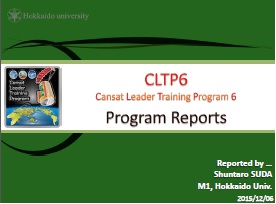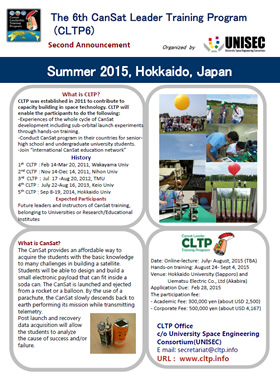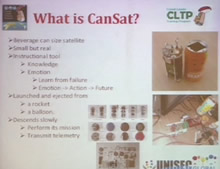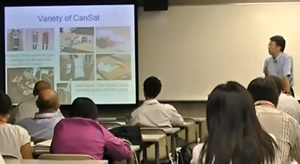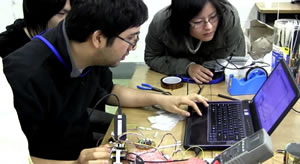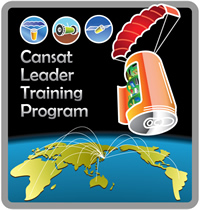
|
| ||||||||||
Organized by
|
| |||||||||
|
CanSat can be considered "a very small and simple satellite," as it has
similar functions with satellites and operates in the far distance from the
human operators. This fact makes the CanSat-based education very effective
first step training towards real satellite development. System analysis and
design, implementing fault tolerance, assembly/integration/test, and project
management, which are the important skills in real satellite development,
can also be learned in CanSat. In addition, CanSat project gives students a
lot of fun, which further enhances the educational effects. So, please try
CanSat - this is the road to real satellite development!
| 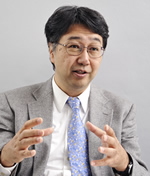 |
CanSat is a small satellite analog. All of the components, such as sensors, actuators, and GPS, are housed inside a 350-mL can. CanSat provides an affordable opportunity for educators and students to acquire basic knowledge of space engineering and to experience engineering challenges in building a satellite. The participants will be able to design and build a small electronic payload that can fit inside a standard drink can (350-mL). The CanSats will be launched by a rocket or balloon and released in the air. Using a parachute, the CanSat will slowly descend back to the ground as it performs its designated mission (i.e., taking pictures and transmitting telemetry). By analyzing the data recorded by the CanSat, participants will investigate the reasons of its success and/or failure.
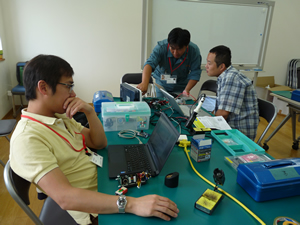
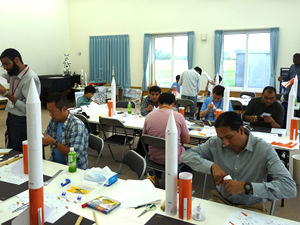
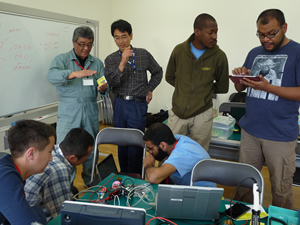
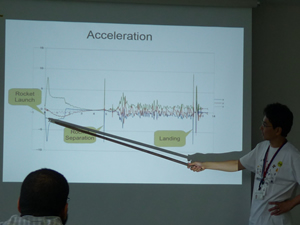
The 5th Cansat Leader Training Program (CLTP5), September 8-19, 2014
In November 1998 at the University Space Systems Symposium (USSS) held in Hawaii, Prof. Bob Twiggs (Stanford University Space Development Laboratory) suggested the so-called "CanSat" concept, whereby the entire satellite would adopt the size of a 350-ml can. This challenge launched the establishment of international workshops and competitions. During the workshops and competitions throughout the past decade, college students have designed and built CanSats; launched them by rockets, balloons and/or model aircrafts; and collected data during the descent of the CanSats by parachute, simulating the development of experiments in space. During these hands-on activities, the students have been working on student-led satellite development projects, realizing low-cost and short-term development programs.
Based on the success of these CanSat activities, the CanSat Leader Training Program was established in 2010 to foster the development of space engineering program leaders through the CanSat development process.
More about CLTP
Much of our important work is funded entirely by financial contributions.
A portion of the annual earnings is used to provide the CanSat Kit for developing countries to increase the skill level in these countries. The minimum contribution amount is JPY 100,000. If you wish to make a donation, please contact: secretariat[at]cltp.info (Please replace [at] to @). We'll reply as soon as possible.
|
CLTP Office c/o University Space Engineering Consortium (UNISEC) E-mail: secretariat[at]cltp.info (Please replace [at] to @) URL: cltp.info | 
|
Top | Graduates | Program | How to Apply | Contact | Links | Site policy | Privacy Policy | FAQ | Japanese(日本語) | Site Map
© UNISEC, all rights reserved.




